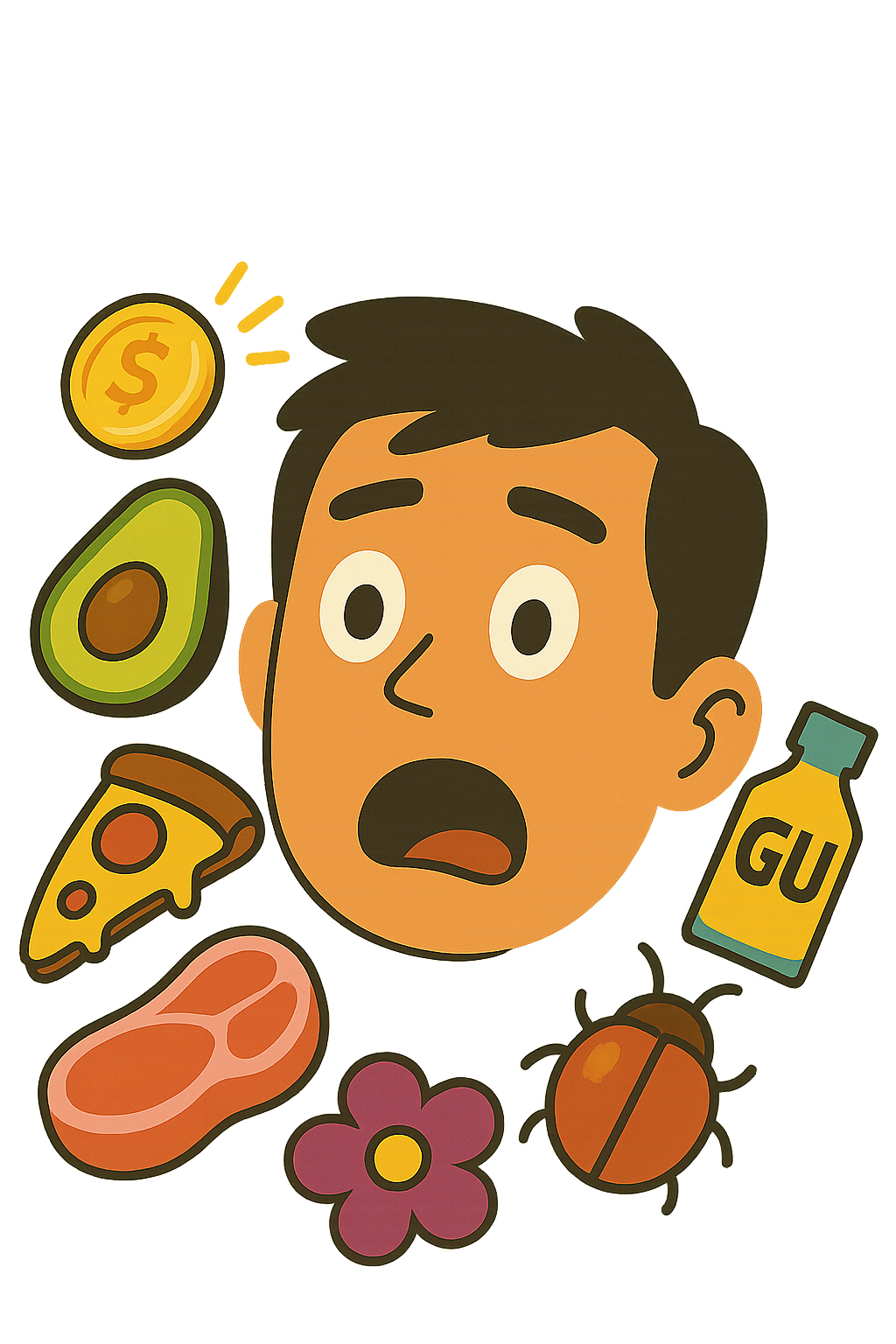Is it safe to eat periwinkles?
Quick Answer
Yes
Periwinkles are safe to eat when properly cooked and sourced from clean, unpolluted waters. However, like other shellfish, they can pose health risks if consumed raw or if they come from contaminated waters.

What Is It?
Periwinkles are small sea snails found in tidal pools. They are a popular food source in various cultures, particularly in Africa and Asia.
Historical Context
Periwinkles have been consumed by humans for thousands of years. They were a common food source for coastal communities and are still widely consumed today.
Why It Can Be Risky
While periwinkles are generally safe to eat, there are potential risks associated with their consumption.
- Shellfish Allergy: Some people may be allergic to shellfish, including periwinkles.
- Contaminated Waters: Periwinkles from polluted waters can contain harmful bacteria and toxins.
- Improper Cooking: Like other shellfish, periwinkles need to be cooked thoroughly to kill any potential pathogens.
Safe Method?
To safely consume periwinkles, ensure they are sourced from clean waters, thoroughly cooked, and eaten fresh.
Safe Alternatives
If you’re allergic to shellfish or can’t find periwinkles, other seafood like clams or mussels can be used as alternatives.
Storage Tips
Periwinkles should be stored in a cool, damp environment and consumed within a few days of purchase.
Preparation Tips
Before cooking, periwinkles should be soaked in fresh water for several hours to expel any sand or grit. They can then be boiled, steamed, or grilled.